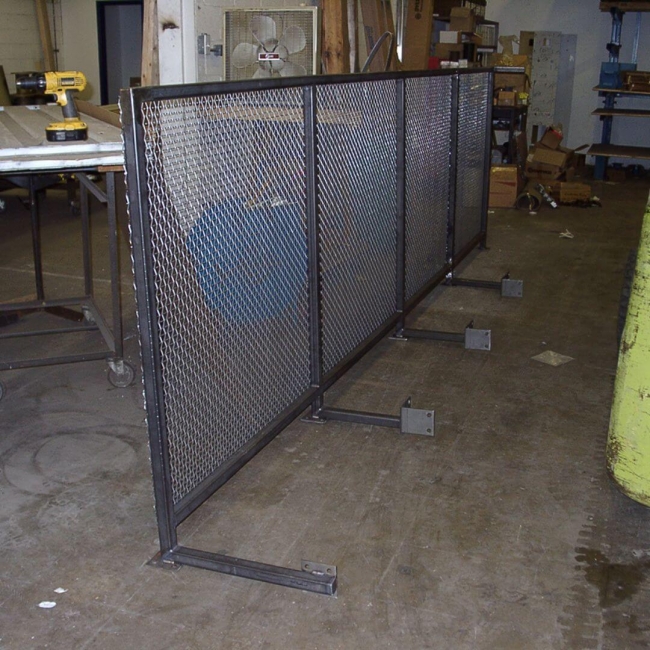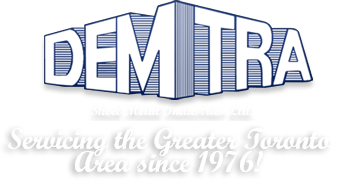Bonding Techniques In Custom Sheet Metal Fabrication

Custom sheet metal fabrication is a specialized process that involves transforming raw sheets of metal into custom-made products. It's like a creative puzzle, where skilled fabricators meticulously cut, shape, and manipulate the metal to meet specific design requirements. This technique allows for endless possibilities in creating unique and tailored solutions for various industries.
One of the key aspects of custom sheet metal fabrication is its versatility. From stainless steel to aluminum and brass, fabricators have access to a wide range of materials to choose from based on the desired characteristics and applications of the final product. The process involves various steps like cutting, shearing, bonding and assembling. Today, we will look into one such aspect in depth.
Various bonding techniques involved in custom sheet metal fabrication
1. Welding:
Welding is one of the most commonly used bonding techniques in custom sheet metal fabrication. It involves joining two or more pieces of metal by melting them together and allowing them to solidify into a strong bond. There are several types of welding processes that can be used, including arc welding, MIG welding, and TIG welding. Each method has its own advantages and is suited for different applications.
2. Adhesive:
Adhesive bonding is another popular technique used in custom sheet metal fabrication. It involves the use of an adhesive material to join two or more sheets of metal together. Adhesives offer several advantages in terms of strength, versatility, and aesthetics. One of the key benefits of adhesive bonding is its ability to distribute stress evenly across the entire bonded area. This helps to prevent localized points of weakness and ensures a strong and durable bond.
3. Fastening:
Fastening involves joining two or more pieces of metal together using various types of fasteners such as screws, bolts, nuts, and rivets. It allows for easy disassembly and reassembly if necessary. This makes it a convenient option for applications where frequent maintenance or repairs may be required.
Consulting with an experienced fabricator who can guide you through selecting the most appropriate bonding technique based on your unique specifications is highly recommended. This is where Demtra Sheet Metal Industries comes into the picture. We are renowned for custom metal fabrication in Toronto.





